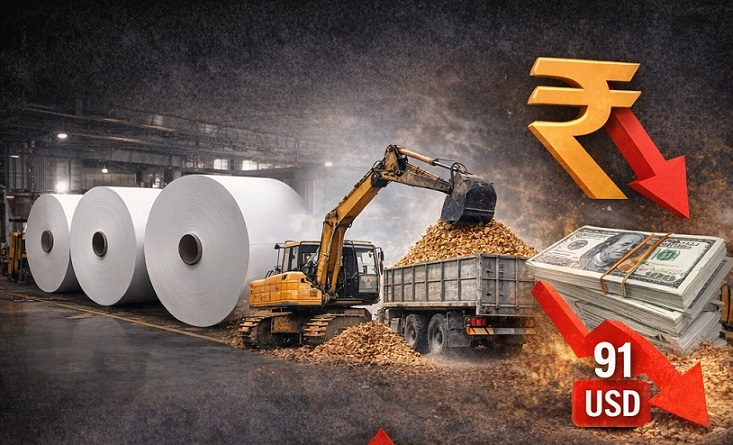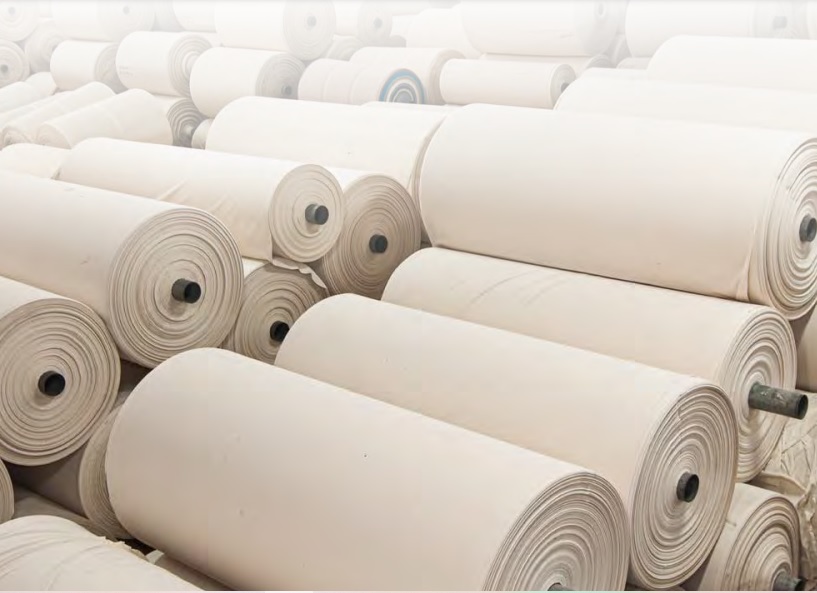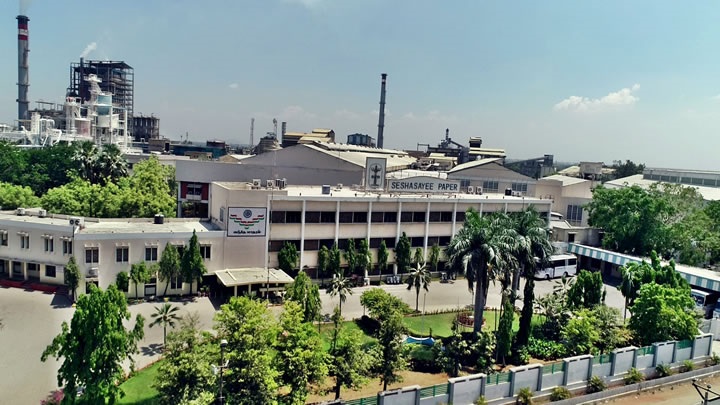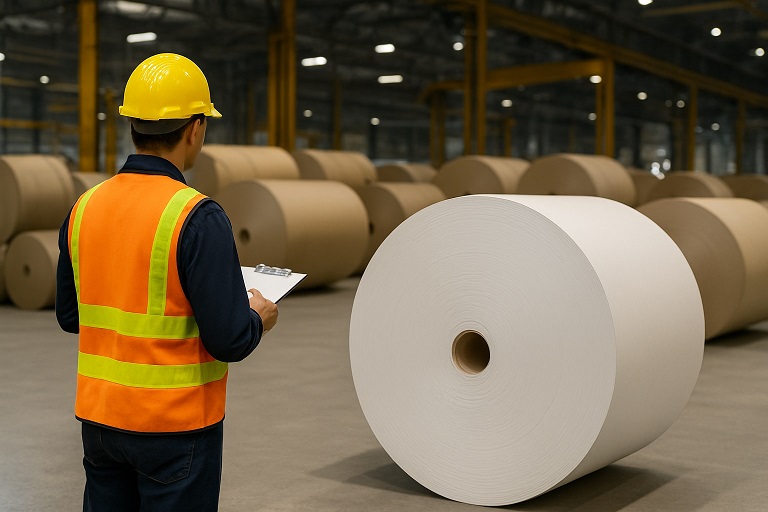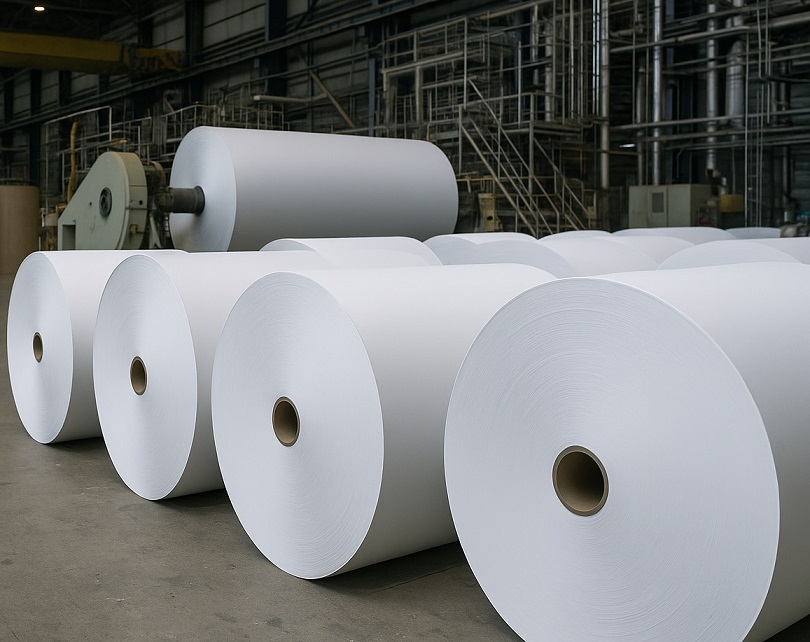Impact on India: China and Indonesia's new 24 lakh tons of virgin board capacity are set to create a temporary excess supply situation
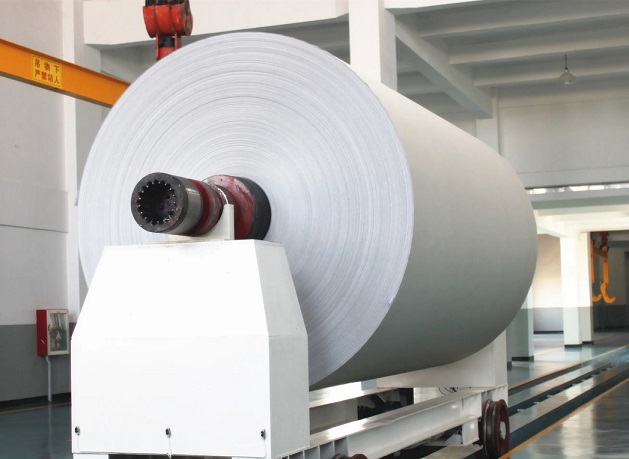
Impact on India: China and Indonesia's new 24 lakh tons of virgin board capacity are set to create a temporary excess supply situation
-Indian Paper Industry’s development, Opportunities, and Outlook
-Indian virgin board packaging market is expected to encounter tough price competition from international suppliers in FY 2024-25
-The risk of higher imports in the writing, printing, copier, and board segments by international manufacturers will result in volume and cost pressures
The Pulp and Paper Times:
Paper Industry Structure and Development:
Over the past few years, the world has steadily rebounded from the disruptions caused by COVID-19, yet geopolitical tensions have kept industries on edge.
According to the latest India Development Update from the World Bank, India continues to demonstrate resilience amidst a challenging global environment. It stands out as one of the fastest-growing major economies. Paper consumption is closely tied to a country’s economic development. Although India currently has low per capita paper consumption, this trend is steadily improving alongside economic progress and various governmental initiatives.
The primary drivers of demand for the paper industry stem from a combination of factors. These include increasing income levels, expanding per capita expenditure, rapid urbanization, rising demand for Personal Care & Sanitation products, government initiatives, phenomenal increase in online shopping, heightened hygiene awareness, and a larger proportion of the population earning income. These factors are anticipated to fuel consumption and indicate significant growth potential for the paper industry within the country.
Opportunities and Threats:
The Indian paper industry has experienced substantial transformations over the past few decades, marked by the adoption of modern technology and heightened investments in the sector. Additionally, the industry has reaped the rewards of government policies aimed at fostering sustainable forest management practices and promoting the utilization of ecofriendly materials.
Segmental Review and Analysis:
The paper, paperboard, and packaging sector continue to grapple with competitive pricing from ASEAN and Chinese markets, subdued domestic demand, and a surge in wood costs.
In FY 23-24, the demand for paper and tissue experienced fluctuating market conditions. However, the packaging board sector faced challenges, particularly due to lower demand from domestic pharma, FMCG, export food and beverage sectors, and the hosiery market in the middle of the year. Additionally, high-volume imports from ASEAN countries in the tissue, writing, and printing segments, along with BIS certification requirements for other imported brands increasing copier imports, have impacted the domestic paper market.
The upcoming addition of approximately 24 lakh tons of virgin board capacity in China and Indonesia over the next few months is expected to create a temporary excess supply situation, which will likely impact the Indian industry as well.
Risks and Concerns:
Price fluctuations, interrupted raw material availability, and rising input costs remain major concerns for the paper industry. As businesses pass on the increased costs to consumers, consumer sentiments are affected, leading to further contraction in demand.
The Indian virgin board packaging market is expected to encounter tough price competition from international suppliers in FY 2024-25.
The risk of higher imports in the writing, printing, copier, and board segments by international manufacturers will result in volume and cost pressures.
Outlook:
India’s projected GDP growth for the current fiscal year has been revised upward to 7% from the previous estimate of 6.7%. This robust growth will be driven by investments from both the public and private sectors, as well as an improvement in consumer demand.
Paper demand is anticipated to grow moderately in fiscal 2025. The paperboard segment is expected to be a key driver of demand in both the near and long term, fueled by healthy demand from various end-use industries. Demand for writing and printing (W&P) paper is forecasted to experience sharp growth in fiscal 2025, as schools, colleges, and office spaces reopen alongside the anticipated rollout of the National Education Policy (NEP).
The Government’s increased spending on education for the next three years, estimated to be approximately 20% higher than the previous three years, will place greater emphasis on education and literacy. This, coupled with the demand for higher-quality paper and increasing advertising expenditure, will drive growth in the writing and printing paper segment. Similarly, the demand for higher-quality packaging for FMCG, pharmaceuticals, textile products, driven by organized retail, booming e-commerce, and rising healthcare needs, will catalyze the growth of the paperboard and packaging paper market.
Furthermore, the increasing awareness of hygiene and preference for quick-service restaurants will bolster demand for tissue products, both for At Home and Away from Home (AFH) consumption. Looking ahead, the medium to long-term outlook for the Indian paper industry remains positive and is expected to further expand in tandem with the country’s GDP and overall economy.
The Above report on Indian Paper Industry has been extracted from Century Pulp and Paper’s Annual Report for FY 23-24.
Web Title: Impact on India: China and Indonesia's new 24 lakh tons of virgin board capacity are set to create a temporary excess supply situation





 Join WhatsApp Group
Join WhatsApp Group Join Telegram Channel
Join Telegram Channel Join YouTube Channel
Join YouTube Channel Join Job Channel (View | Submit Jobs)
Join Job Channel (View | Submit Jobs) Join Buy Sell Channel (Free to Submit)
Join Buy Sell Channel (Free to Submit) Paper News Headlines Channel (Free to read)
Paper News Headlines Channel (Free to read)




